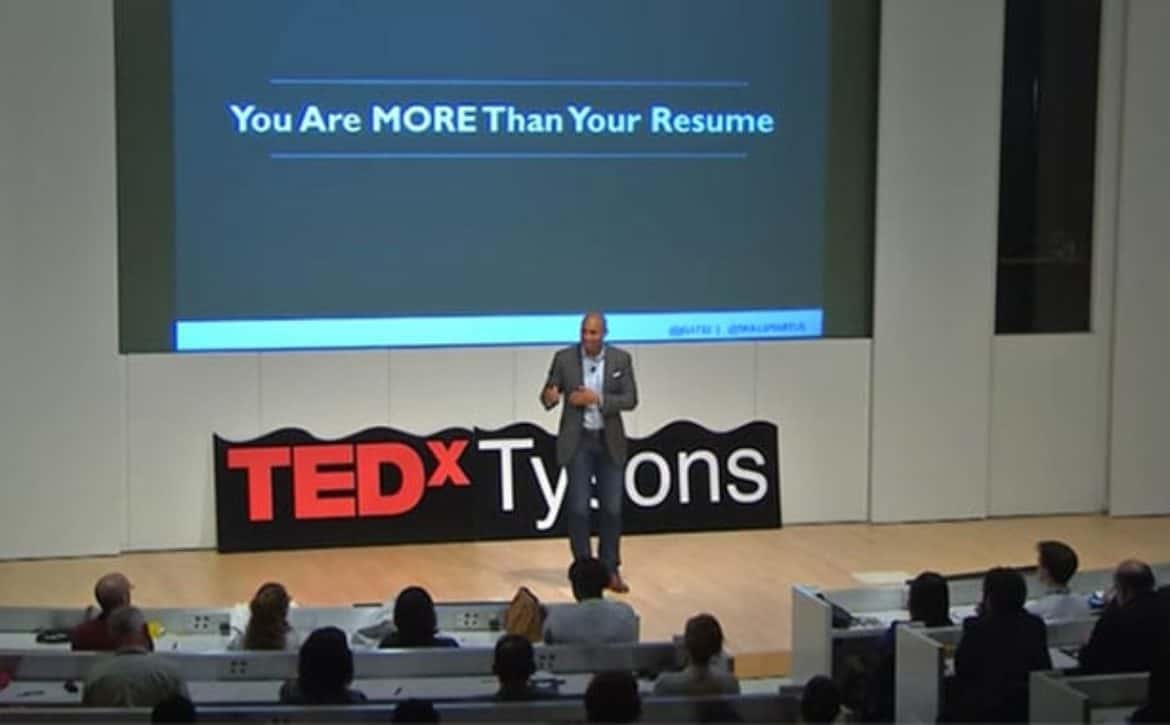
Some organizations are increasing on-the-job training to meet the challenge
Published by Roy Maurer of Society of Human Resource Management
Employers across the globe are facing the most acute talent shortage since the Great Recession, according to ManpowerGroup’s latest Talent Shortage Survey.
Of the more than 42,300 employers surveyed, 40 percent cited hiring difficulties—the highest level since 2007 (41 percent) and up from 38 percent in 2015.
Closer to half (46 percent) of U.S. employers reported difficulties filling jobs due to lack of available talent, a significant rise from the 32 percent that reported so in 2015.
The most severe talent shortages were reported in Japan (86 percent), Taiwan (73 percent) and Romania (72 percent). Just 10 percent of Chinese employers reported hiring difficulties, the lowest of all countries surveyed.
For the fifth consecutive year, skilled trades positions such as electricians, carpenters, masons and plumbers remain the hardest to fill across all 42 countries surveyed.
“Part of the problem is fewer people see these roles as an attractive career path, often not realizing how well many of them pay,” said Sunny Ackerman, Manpower’s vice president and general manager for U.S. field operations. “With relatively strong job creation over the past few years, individuals simply have more choices about where they work—we are shifting from a talent rich environment to one that is far more competitive.”
The global IT talent gap has noticeably widened, with tech roles the second hardest-to-fill, up from ninth place in 2015. Demand is strongest in Asia Pacific, where IT roles now rank as the top most difficult to fill for the first time in a decade, but has grown steadily across all other regions as well. IT roles are ranked No. 10 hardest-to-fill in the U.S.
The rest of the global list of hardest-to-fill jobs includes: Sales Representatives, Engineers, Technicians, Drivers, Accounting and finance staff, Management, Production operators/machine operators, Secretaries, receptionists, administrative assistants and office support staff.
U.S. Employment Paradox
In many ways the growing talent shortage reflects an issue of quality versus quantity, or an abundance of labor, but not enough in-demand talent. Employers in the U.S. say there aren’t enough candidates with the skills they need, while “real” unemployment is estimated to be at around 10 percent and underemployment remains high. Unemployment levels for high school graduates is 18 percent and underemployment in 2016 is 34 percent, compared with only 27 percent in 2007, according to the Economic Policy Institute.
“Low unemployment paired with shorter skills cycles due to the speed of technological change means employers across the United States are struggling to fill positions,” said Kip Wright, senior vice president of Manpower North America. “We see this particularly in industries like manufacturing, construction, transportation and education.”
The talent shortage is driven, in part, by changes to skills requirements with employers increasingly needing more specialized skillsets. Nearly one in four respondents to the Manpower survey reported a lack of applicants, while another one in five employers said applicants do not have the relevant experience required, and lack technical skills.
That’s consistent with what Mike Knapp, CEO and co-founder of SkillSmart, a platform which connects job seekers with employers based on their skills, is seeing in the labor market.
“We believe these two elements are related in that people either aren’t applying because they know they don’t have the right skills, or many are applying knowing they don’t have the skills and are applying anyway, or don’t know they aren’t qualified,” he said. “Either way it is clearly becoming more critical to increase the transparency of skills that employers are seeking so jobseekers know what they’re shooting for, otherwise this gap is only likely to get larger.”
On-the-Job Training Increases
The majority of U.S. workers view continuous training as essential to their future career success, according to the recently released State of American Jobs survey by the Pew Research Center and the Markle Foundation. The survey showed that workers believe a mix of technical and soft skills is essential, and most value job training, given the profound changes in the workplace over the past few decades.
In fact, on-the-job training has skyrocketed in the past 12 months, according to the Manpower study. Nearly half (48 percent) of U.S. employers reported upskilling their staff in 2016, while only 12 percent were training their employees a year ago.
“When the talent isn’t available, organizations need to turn to training and developing their own people, and in many cases this means first identifying the skills that will be required in increasingly digital industries, like manufacturing,” Wright said.
This is where companies like SkillSmart and open online educational providers like Coursera—which offers job-specific training—come in.
Upskilling the current workforce can make it easier to fill higher-level skilled positions and backfill entry-level positions, but “there still needs to be more effective and transparent strategies to identify and communicate the skills requirements for the entry-level positions,” Knapp said. “In addition, this strategy also requires developing clear career pathways for existing employees so they know how additional skills can increase their growth opportunities within the organization.”
The Hiring Process Re-envisioned
Experts said that ultimately, employers must become more flexible and creative in their recruitment strategies in order to find a solution to the talent shortage.
Hiring managers can be better educated on the talent market. “HR can partner with the business and develop rotations into HR focused on recruitment as well as get buy-in for greater involvement and participation from the business on interviewing and selecting candidates and developing job descriptions for critical roles,” said Shanil Kaderali, executive vice president of global talent solutions at San Jose, Calif.-based Pierpoint International, a global recruitment process outsourcing firm.
Ackerman suggested employers consider all talent options available to them, including capturing untapped talent pools and ensuring qualified people are not screened out of jobs unnecessarily for not exactly matching criteria.
“Another important option is to explore different ways of working,” she said. “For example, a client in South Dakota was struggling to find individuals to fill a number of 40-hour a week manufacturing roles, but we kept meeting college students who were interested in part-time 20-hour per week roles. We worked with the client to divide the 40-hour role in half, and then were able to fill the positions. It just takes a bit of creativity.”
Read the Article
Learn More As 2016 draws to a close it is good to reflect on those things that worked well, and those that didn’t achieve all that you’d hoped in an effort to improve on them in the coming year. We were pleased to to be able to support our clients in their pursuit of hiring a diverse, talented and qualified workforce, and to support thousands of job seekers in their pursuit of new growth opportunities. We saw the results of this effort with the opening of MGM National Harbor on December 8. An amazing new facility bringing economic growth to Prince Georges County, MD and the Washington, DC region and more than 4,000 outstanding new employees meeting the exciting challenges of a new job opportunity. This is just one example of how SkillSmart’s skills-based hiring platform and community building skills can really make a difference in increasing economic opportunity.
As 2016 draws to a close it is good to reflect on those things that worked well, and those that didn’t achieve all that you’d hoped in an effort to improve on them in the coming year. We were pleased to to be able to support our clients in their pursuit of hiring a diverse, talented and qualified workforce, and to support thousands of job seekers in their pursuit of new growth opportunities. We saw the results of this effort with the opening of MGM National Harbor on December 8. An amazing new facility bringing economic growth to Prince Georges County, MD and the Washington, DC region and more than 4,000 outstanding new employees meeting the exciting challenges of a new job opportunity. This is just one example of how SkillSmart’s skills-based hiring platform and community building skills can really make a difference in increasing economic opportunity.








 SkillSmart creates pipeline of qualified local workers by matching candidates with positions and helping prospective workers gain the skills needed for future employment.
SkillSmart creates pipeline of qualified local workers by matching candidates with positions and helping prospective workers gain the skills needed for future employment.








 Lack of Access to Technology and Poor Data Present Challenges for Low and Middle Skill Workers’ Ability to Find Good-paying Careers
Lack of Access to Technology and Poor Data Present Challenges for Low and Middle Skill Workers’ Ability to Find Good-paying Careers